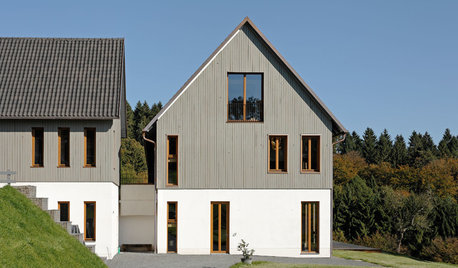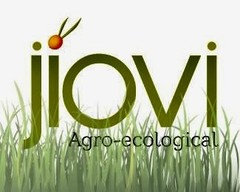Pigeons perfect for permaculture!
fabaceae_native
11 years ago
Featured Answer
Comments (14)
fabaceae_native
11 years agoTiffany, purpleinopp Z8b Opp, AL
11 years agoRelated Professionals
Saint Charles Landscape Architects & Landscape Designers · Tomball Landscape Architects & Landscape Designers · Washington Landscape Architects & Landscape Designers · Arlington Landscape Contractors · Pelham Landscape Contractors · Addison Landscape Contractors · Harvey Landscape Contractors · Newnan Landscape Contractors · Palatine Landscape Contractors · South Lyon Landscape Contractors · Winchester Landscape Contractors · Maplewood Landscape Contractors · Casselberry Landscape Contractors · Wilmington Siding & Exteriors · Eden Prairie Solar Energy Systemsfabaceae_native
11 years agopretty.gurl
11 years agoflora_uk
11 years agofabaceae_native
11 years agoflora_uk
11 years agoFamiglia Brasa
7 years agoFoxgreen Farm/jiovi®
7 years agoCassian Sibley
7 years agoTom DeCoste
7 years agomkirkwag
6 years agoverdantcroft
5 years agolast modified: 5 years ago
Related Stories

KITCHEN WORKBOOK8 Elements of Classic Kitchen Style
For this timeless style, go with white or cream cabinetry, simple architectural details and high-quality materials
Full Story
EXTERIOR COLORExterior Color of the Week: 7 Ways With Warm Gray
See why this hue can be the perfect neutral for any house
Full Story
SMALL HOMESTiny Houzz Tour: Living the Good Life Their Way
This owner-built home in Australia may be on the small side, but it provides the perfect space for the family’s big dreams to come true
Full Story
ECLECTIC HOMESHouzz Tour: Wild Ideas in the Windy City
When bold art meets great architecture and interior design, something wonderful happens
Full Story
HOUZZ TOURSHouzz Tour: Practical Style for a Family Home in Calgary
Easy-clean textiles, ecofriendly materials and a newly open layout provide a Canadian family with comfort and practicality
Full Story
GARDENING FOR BUTTERFLIESBring on the Birds: Natural Habitat Ideas for Gardens of All Sizes
Provide nesting, watering and perching spots inspired by the Costa Rican jungle and watch the birds flock on over
Full Story
LIFEYou Showed Us: 20 Nutty Home Fixes
We made the call for your Band-Aid solutions around the house, and you delivered. Here's how you are making what's broken work again
Full Story
LIVING ROOMS13 Stylish Storage Solutions for Living Rooms
Refresh your living room while keeping its character with these neat storage ideas
Full Story
EXTERIORS5 Types of Sloping Roofs That Hit the Right Pitch
These modern houses approach the everyday roof from a different angle
Full Story
EARTH DAYGrow a Beautiful Garden With Ecofriendly Greywater
Reducing home water waste means lower bills and a healthier planet. Here's how to set up a greywater home irrigation system that can help
Full Story







fabaceae_nativeOriginal Author